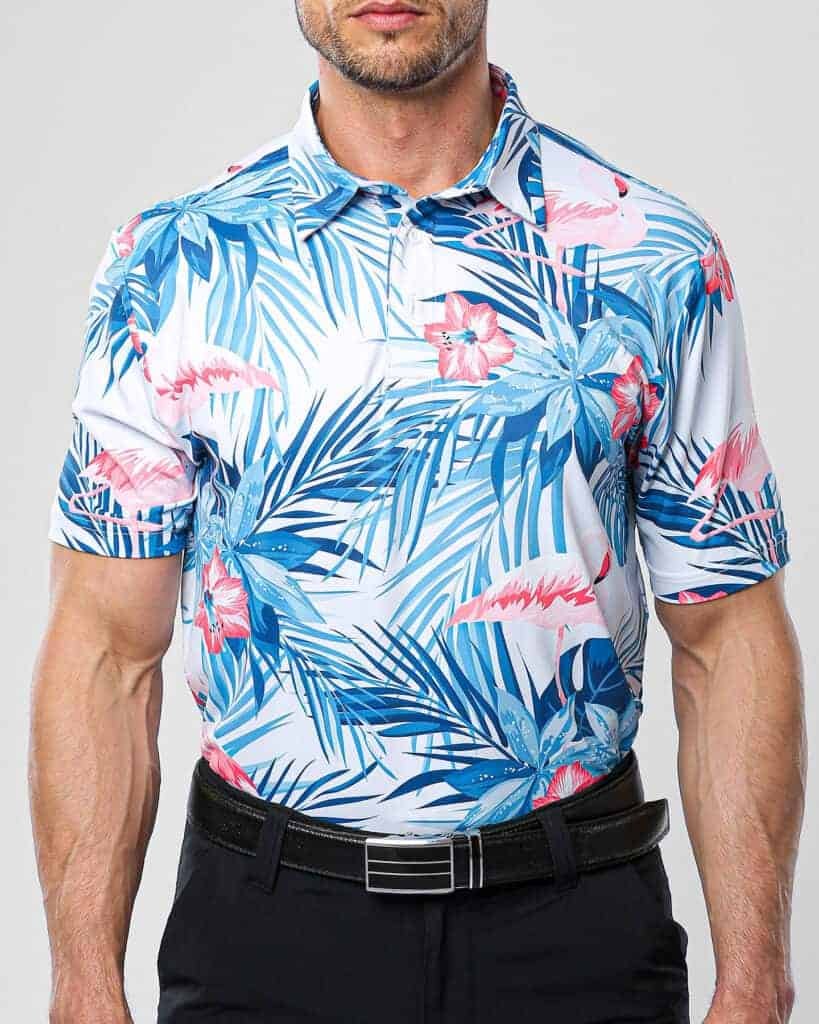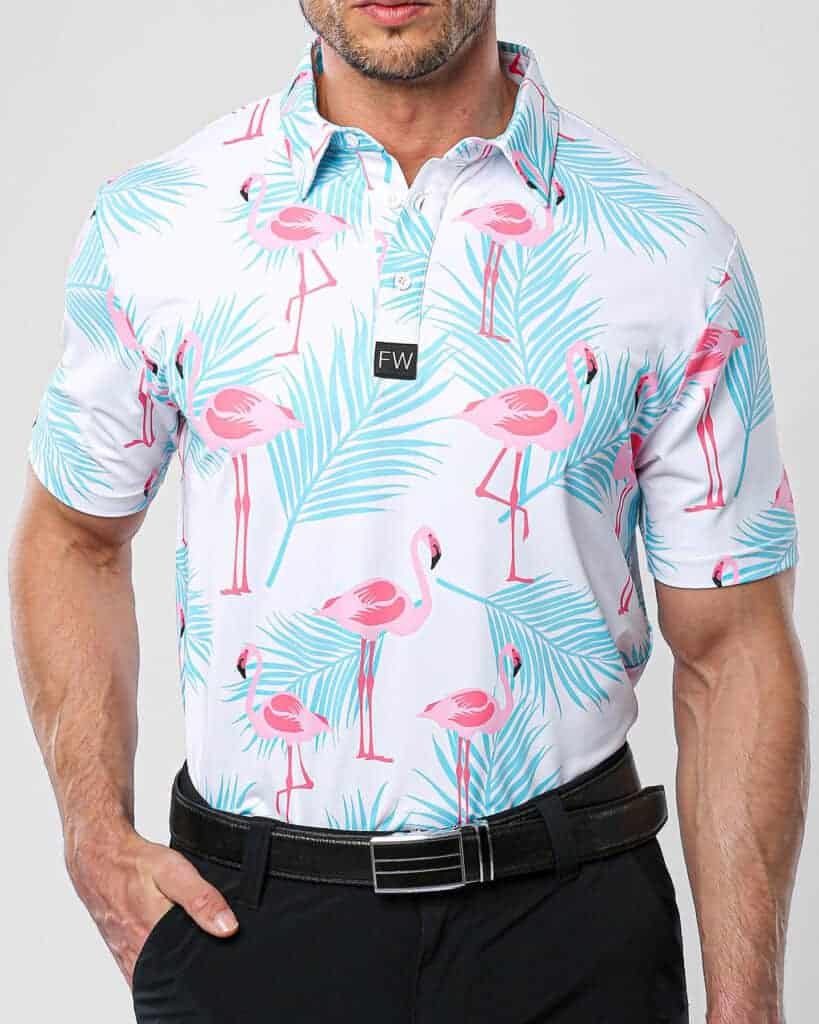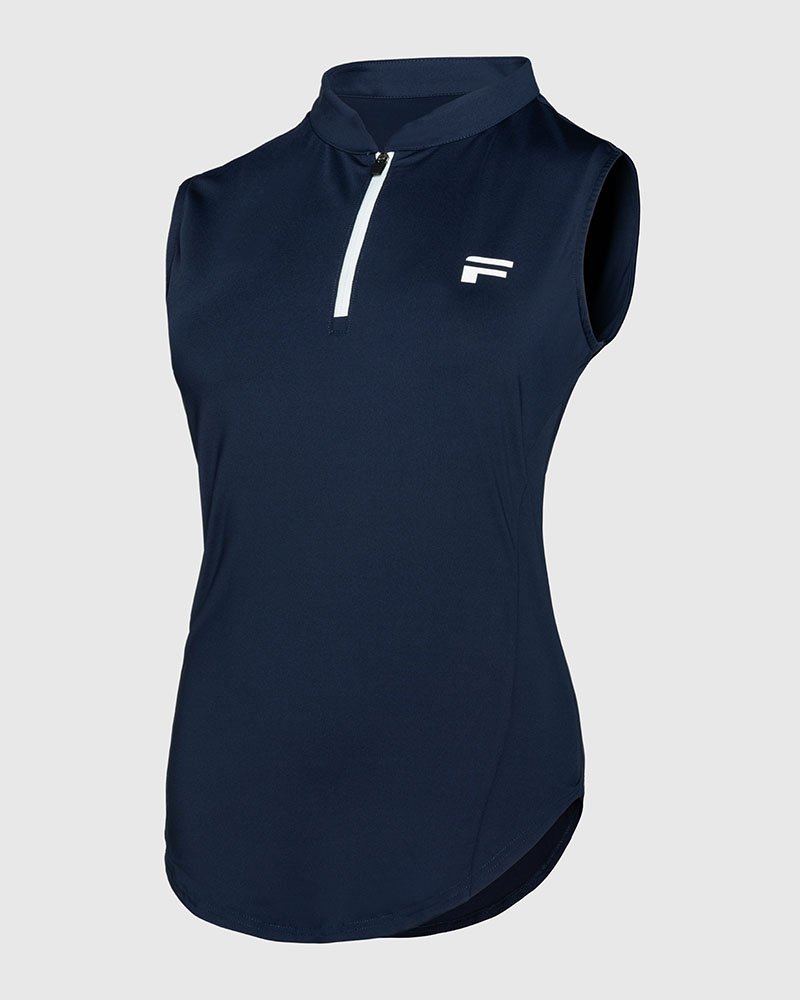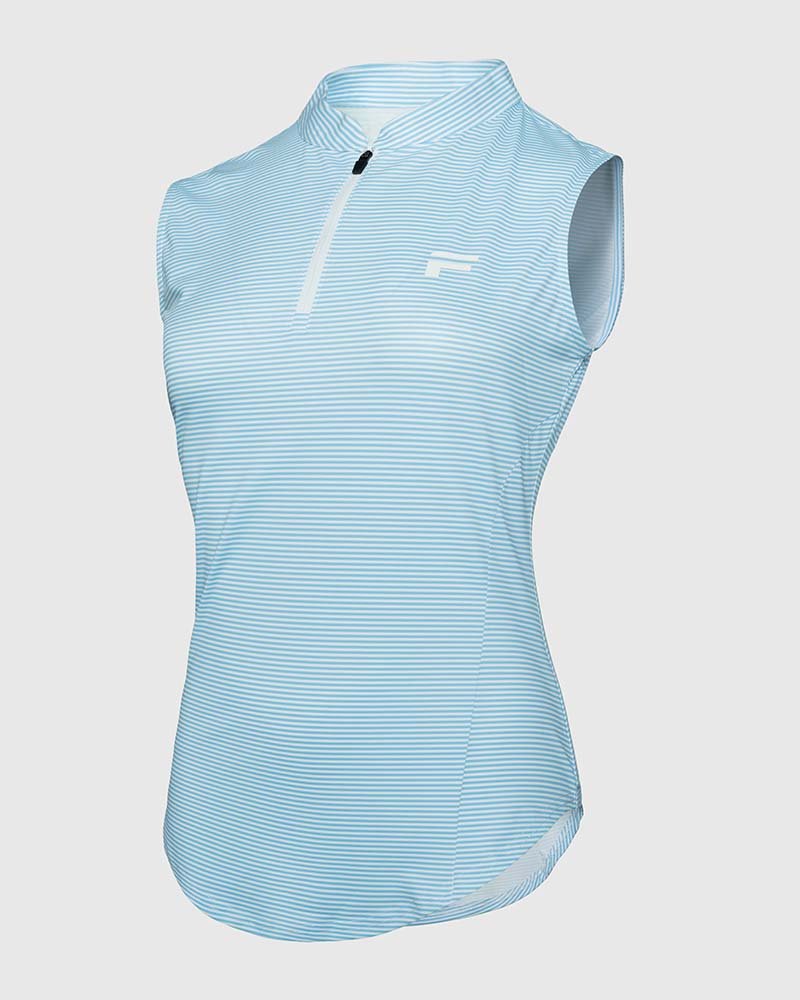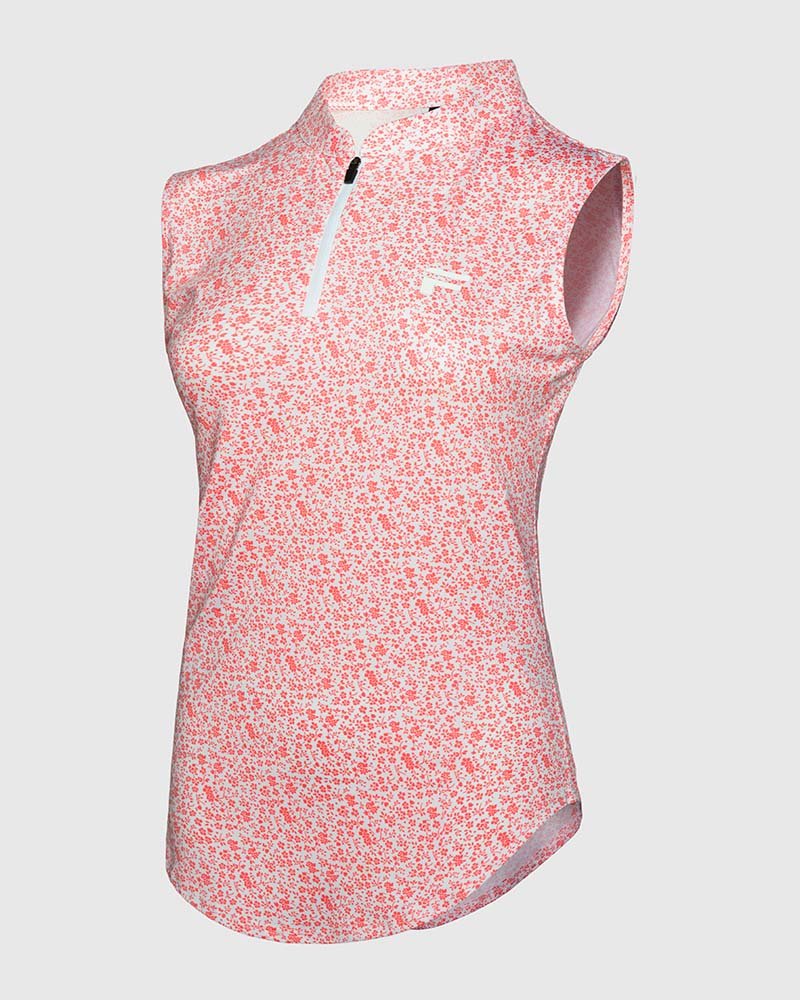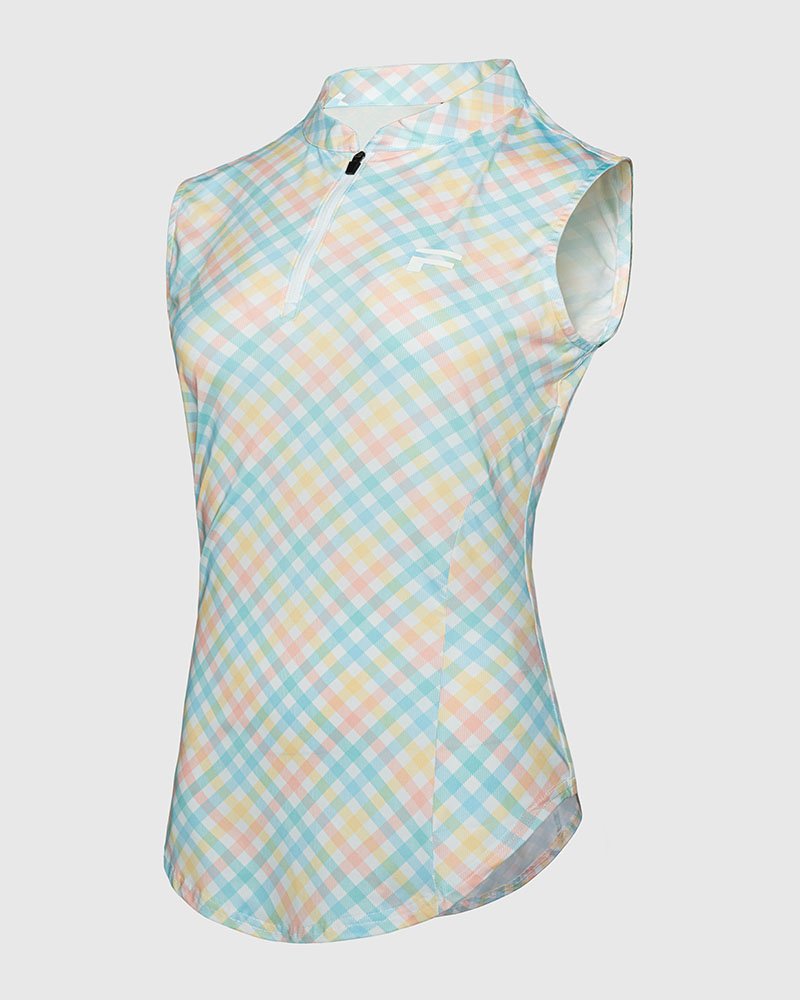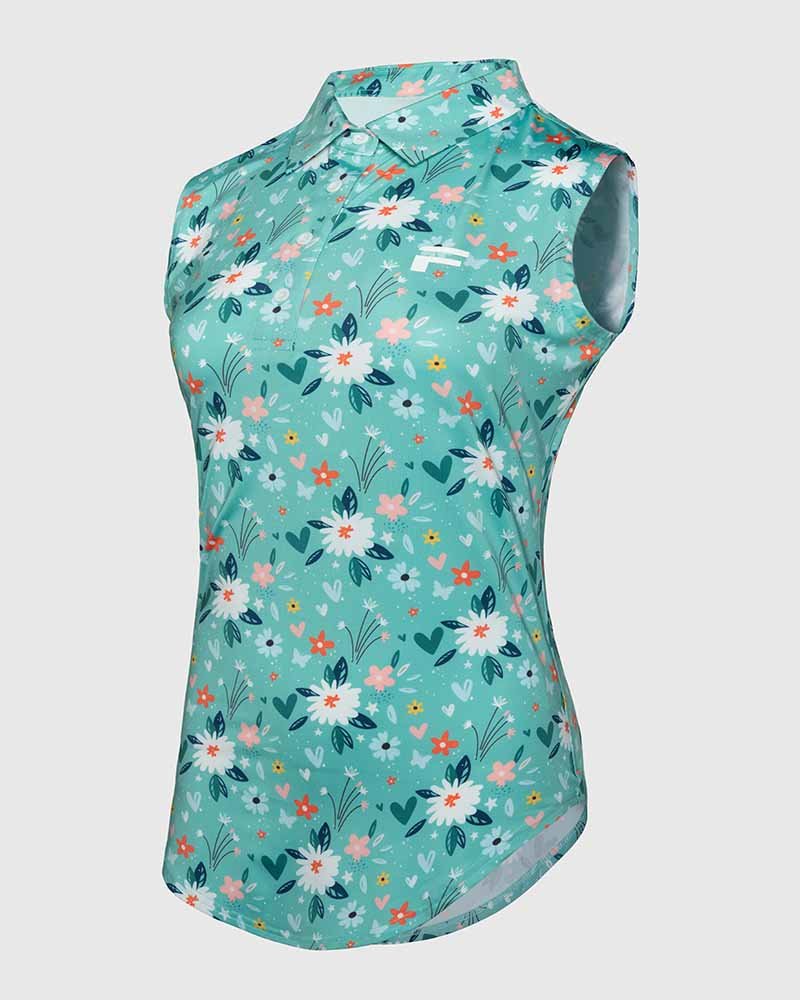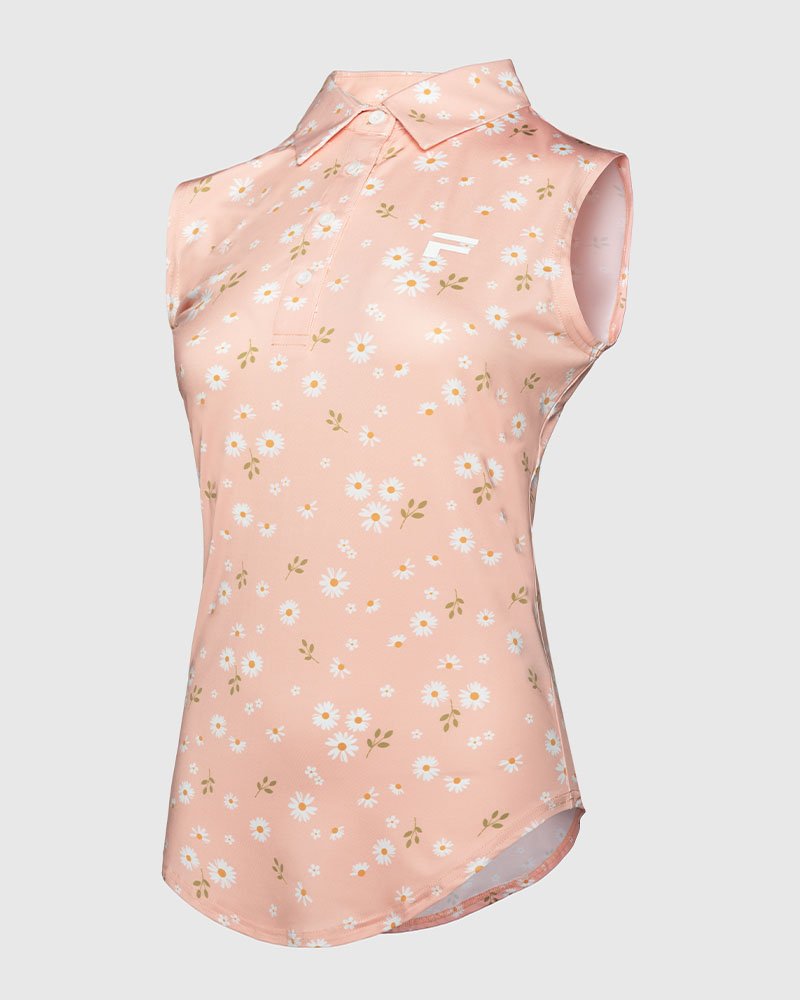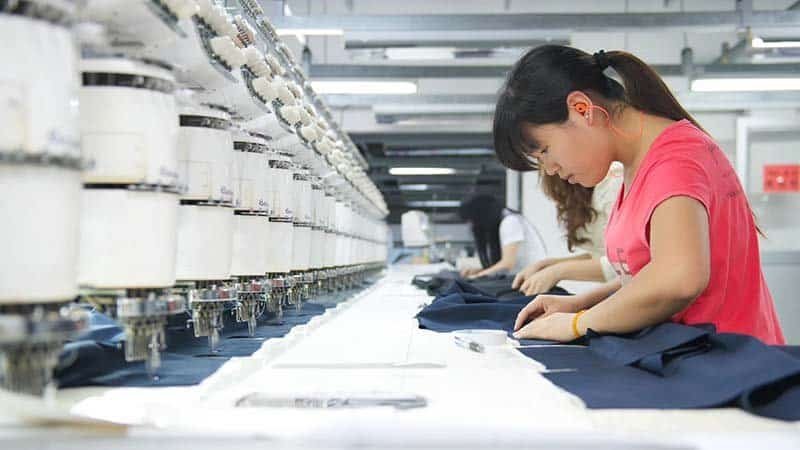
Discover the best methods for customizing golf polo shirts with printing or embroidery. Learn expert tips on fabric, design placement, cost, and quality control in this in-depth guide.
Introduction
Customizing golf polo shirts is more than just branding — it’s about comfort, aesthetics, and long-lasting quality. Whether you're designing for a golf team, a corporate event, or your own apparel brand, understanding the differences between printing and embroidery is crucial to making the right decision.
This guide covers everything you need to know, from material compatibility and cost to expert-level production tips based on 12 years of experience in the golf apparel industry.
1. Choose the Right Fabric First
The fabric is the foundation of both print and embroidery success. Most golf polos are made with:
- Polyester (moisture-wicking, durable)
- Polyester-Spandex blends (stretchy and smooth)
- Cotton-Poly blends (soft and breathable)
Embroidery performs best on thick, stable fabrics like pique knit or double-knit polyester.
Printing, on the other hand, thrives on smooth, tight-weave fabrics like jersey-knit polyester.
Pro Tip: Avoid embroidery on thin or high-stretch fabrics. It can lead to puckering, misalignment, or long-term distortion after washing.
2. Embroidery: Premium Look with Long-Term Durability
Embroidery is a traditional favorite for golf shirts, offering a textured, professional look and unbeatable longevity.
Best for:
- Chest logos
- Sponsor crests
- Player initials or team names
Pros:
- Resistant to fading and wear
- 3D texture adds a high-end look
- Works well for small-batch or premium collections
Cons:
- Limited to simpler or smaller designs
- Heavier on lightweight or performance fabrics
Manufacturing Insight: Always do a stitch test first. Thread density, backing material, and needle tension all impact the final outcome.
3. Printing: Creative Freedom with Lighter Wear
Printing offers vibrant colors, fine details, and more freedom in design execution. Top printing methods include:
- Screen Printing – Best for large quantities and bold graphics
- Heat Transfer Vinyl (HTV) – Perfect for short runs and personalization
- Dye Sublimation – Ideal for 100% polyester and full-surface designs
Pros:
- Lighter than embroidery, better for athletic wear
- Full-color, photo-quality options available
- Faster turnaround and lower setup costs (especially for digital methods)
Cons:
- Longevity varies depending on method
- Some finishes may crack or fade after repeated washes
Expert Advice: For sublimation, always use white polyester fabric to maintain color accuracy and vibrancy.
4. Design Placement: Where You Print or Stitch Matters
Thoughtful design placement affects both comfort and brand visibility. Here are the most common positions:
- Left Chest – Traditional and visible
- Right or Left Sleeve – Ideal for secondary sponsors or team identifiers
- Back Yoke – Clean and modern branding option
- Hem Tag or Inside Neck – Adds premium or eco-style flair
Design Insight: Use realistic templates or 3D mockups for positioning approval. Misplaced logos are the #1 reason for rejections or returns in production.
5. Cost, MOQ & Turnaround: A Practical Comparison
| Method | Minimum Order | Setup Cost | Unit Cost (Small Run) | Turnaround Time |
|---|---|---|---|---|
| Embroidery | Low (12 pcs) | Medium | $$ | 7–14 days |
| Screen Print | Medium (50+) | High | $ | 10–20 days |
| Heat Transfer | Very Low (1–50) | Low | $–$$ | 5–10 days |
| Sublimation | Medium (30–100) | Medium | $$ | 10–15 days |
Pro Tip: Some decorators charge extra per color or logo placement — always ask for a complete quote up front.
6. Quality Control: Don’t Skip This Step
In golf apparel manufacturing, quality control is often what separates a top-tier product from a return or refund. Key areas to check:
- Alignment and scaling of logos
- Thread tension and stitching accuracy
- Color accuracy of prints
- Shrinkage or color fading after washing
My Process: Every run includes wash tests and stress tests, especially for embroidery near seams or plackets.
7. 2025 Trends in Custom Golf Apparel
The golfwear industry continues to evolve. Here’s what’s trending now in polo customization:
- Tone-on-tone embroidery – Subtle, luxury branding
- Matte-finish transfers – Sleek and modern, especially for corporate polos
- Full-color sublimation – Hot for youth and event-driven markets
- QR code prints inside neck – Sustainability and product transparency
Final Thoughts: Which Should You Choose?
Choosing between embroidery and printing isn’t about better or worse — it’s about what’s best for your brand, use case, and budget.
| If you want... | Choose... |
|---|---|
| A luxury, long-lasting finish | Embroidery |
| High design flexibility | Printing |
| Short lead times or small runs | Heat Transfer |
| Full-body graphics | Sublimation |
Expert Insights (12 Years in Golf Apparel Production)
- The #1 issue in returns is not fabric quality, but poor logo placement or washing problems — Always sample and test first.
- Hybrid decoration is rising: chest embroidery + sleeve transfer = the best of both worlds.
- If you’re exporting, make sure your embroidery threads and inks meet OEKO-TEX or similar certifications.
- Modern digital embroidery machines allow for ultra-fine detail and better consistency — avoid factories still using old tech.
Ready to Create Your Custom Golf Polo?
Work with a supplier who understands not only the craft, but also the intent behind your brand. From technical fabrics to finishing techniques, your final product should match your quality, function, and branding goals.




